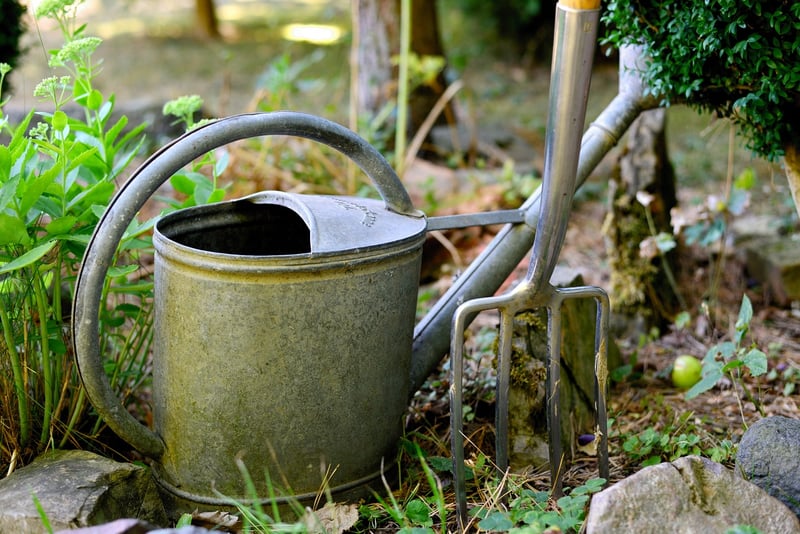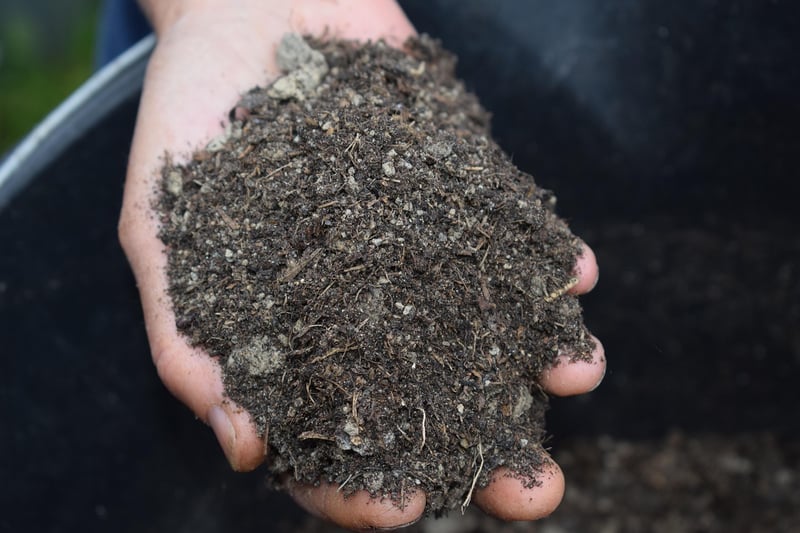Self-Watering Solutions
Efficient Ways to Water Vertical Gardens + Self-Watering Solutions
Introduction
Vertical gardens are a fantastic way to add greenery to limited spaces, both indoors and outdoors. However, one of the key challenges of maintaining vertical gardens is ensuring plants receive adequate water. In this article, we will explore efficient ways to water vertical gardens and introduce self-watering solutions that can make the process easier and more effective.
1. Drip Irrigation Systems
Installing a drip irrigation system is one of the most efficient ways to water vertical gardens. These systems deliver water directly to the plant's roots, reducing water waste through evaporation and runoff. Drip irrigation systems can be set on timers to ensure plants receive the right amount of water consistently.

2. Watering Wands or Watering Cans with Long Spouts
For vertical gardens that are easily accessible, using watering wands or watering cans with long spouts can help reach plants at various heights. These tools provide control over the water flow and direction, allowing for targeted watering without drenching surrounding areas.

3. Self-Watering Planters
Self-watering planters are a convenient solution for vertical gardens, especially for those with busy schedules. These planters have built-in reservoirs that automatically provide water to the plants as needed, ensuring consistent moisture levels without the need for frequent manual watering.

4. Rainwater Harvesting Systems
Utilizing rainwater harvesting systems can be an eco-friendly way to water vertical gardens. Collecting rainwater in barrels or tanks allows you to use natural water sources to nourish your plants. This method not only conserves water but also reduces your utility bills.

5. Mulching
Applying mulch to the soil in your vertical garden can help retain moisture and reduce the frequency of watering. Mulch acts as a protective layer, preventing water evaporation and providing insulation to plant roots. Organic mulches also enrich the soil as they decompose.

Conclusion
Watering vertical gardens efficiently is essential for the health and vitality of your plants. By incorporating drip irrigation systems, self-watering planters, rainwater harvesting, watering wands, and mulching, you can create a sustainable watering routine that promotes lush growth in your vertical garden.
